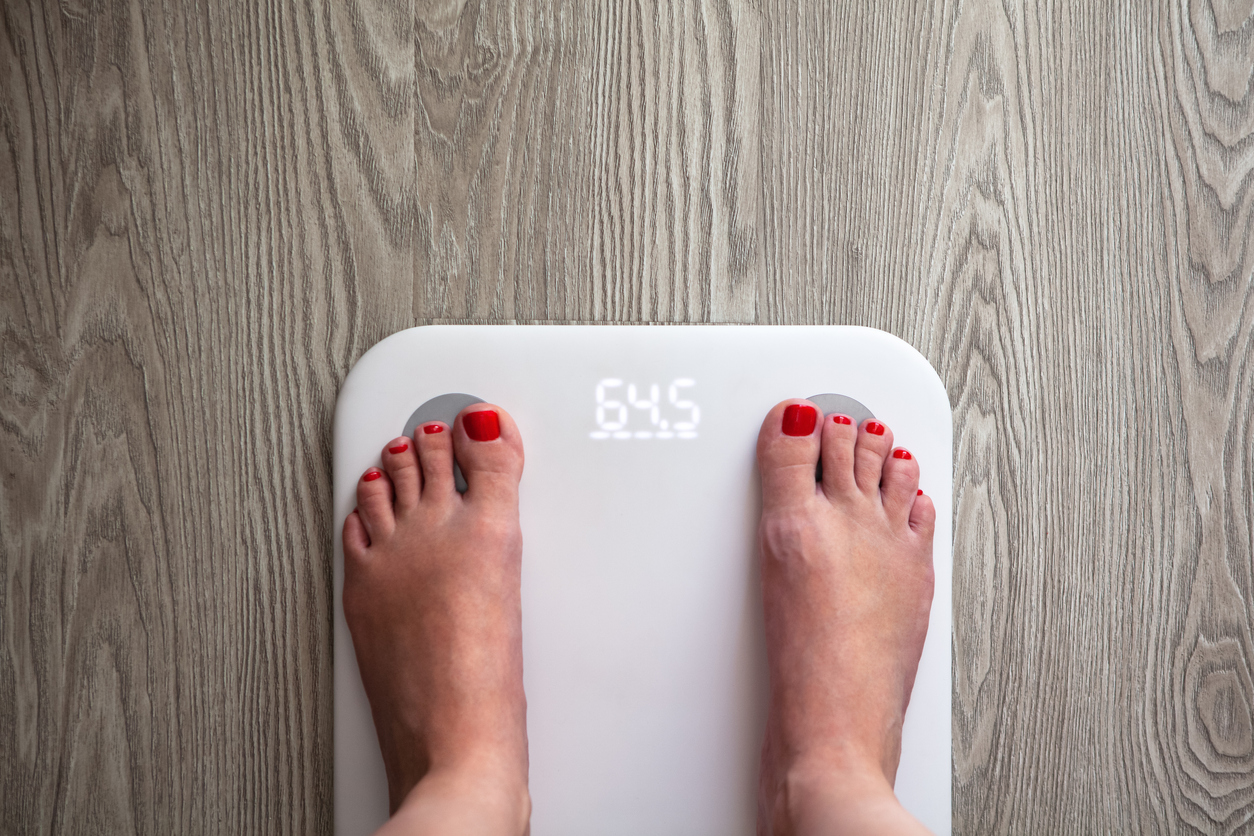 Many gastric sleeve patients are used to weighing themselves regularly. Seeing the number on the scale progressively decrease is one of the most satisfying parts of their weight loss journey after bariatric surgery.
Many gastric sleeve patients are used to weighing themselves regularly. Seeing the number on the scale progressively decrease is one of the most satisfying parts of their weight loss journey after bariatric surgery.
But, there is another number that can also be significant to monitor: body fat percentage. BMI is a conventional tool for comparing your weight to your height, but it doesn’t always adequately account for muscle mass. When gastric sleeve patients begin exercising and building muscle, they may notice the scale may not show the same rate of weight loss they are accustomed to. Even though the scale may not be showing weight loss, they still may be improving their body fat percentage and improving their health. Body fat percentage is a measure showing the percentage of total body fat compared to total body weight. An average body fat percentage for men is 14.1-25% (depending on age) and for women 20.6-32.4% (depending on age). With a controlled diet and exercise such as after gastric sleeve surgery, body fat percentage should improve over time.
There are several ways to measure body fat percentage, with varying degrees of both accuracy and accessibility. Several of the most scientifically accurate methods of measurement are only accessible at medical centers or at research institutions. But, there are two fairly accurate methods of measurement that are accessible to the general public, including weight loss surgery patients.
Using skinfold measurements, you can easily determine your body fat percentage in the privacy of your home. By taking measurements using calipers on specific parts of your body, you can use this handy tool from the American Council on Exercise to determine your percentage of body fat. By taking the measurements in the same spots each time, you can get fairly reliable results and monitor the trend.
The easiest method of monitoring your body fat percentage at home is using a scale that includes bioelectrical impedance analysis (BIA). BIA passes a very weak electrical current through your body as you stand on the scale. The current responds differently to fat versus muscle, tissue, and other parts of the body. Using the measurements taken through the scale, it calculates your body fat percentage. This method is likely not as accurate as other methods, but it can be done regularly and quickly to give you a snapshot of your progress.
Weighing yourself after bariatric surgery is important. Measuring your body fat percentage can also be an insightful way of monitoring your progress. There may be times when you’ve reached a plateau in your weight loss after gastric sleeve surgery, but as you are exercising you may still see improvements in your body fat percentage.
The above is offered by Dr. Shillingford, MD, PA, a board certified surgeon specializing in advanced laparoscopic and robotic surgery, and gastric sleeve, gastric bypass, and lap band surgery. His weight loss surgery patients receive exemplary care during their stay at Northwest Medical Center’s Center of Excellence in Bariatric Surgery and during their follow up in Dr. Shillingford’s Boca Raton office. To schedule an appointment or your free informational session with Dr. Shillingford please call (561) 483-8840.










